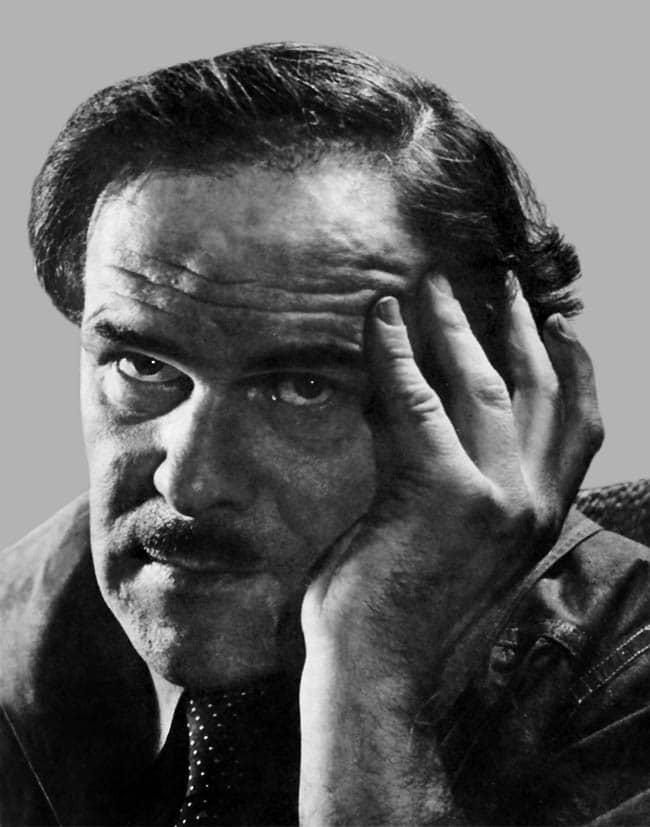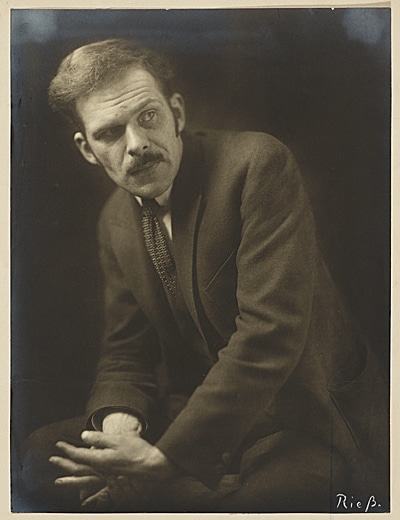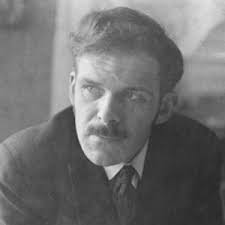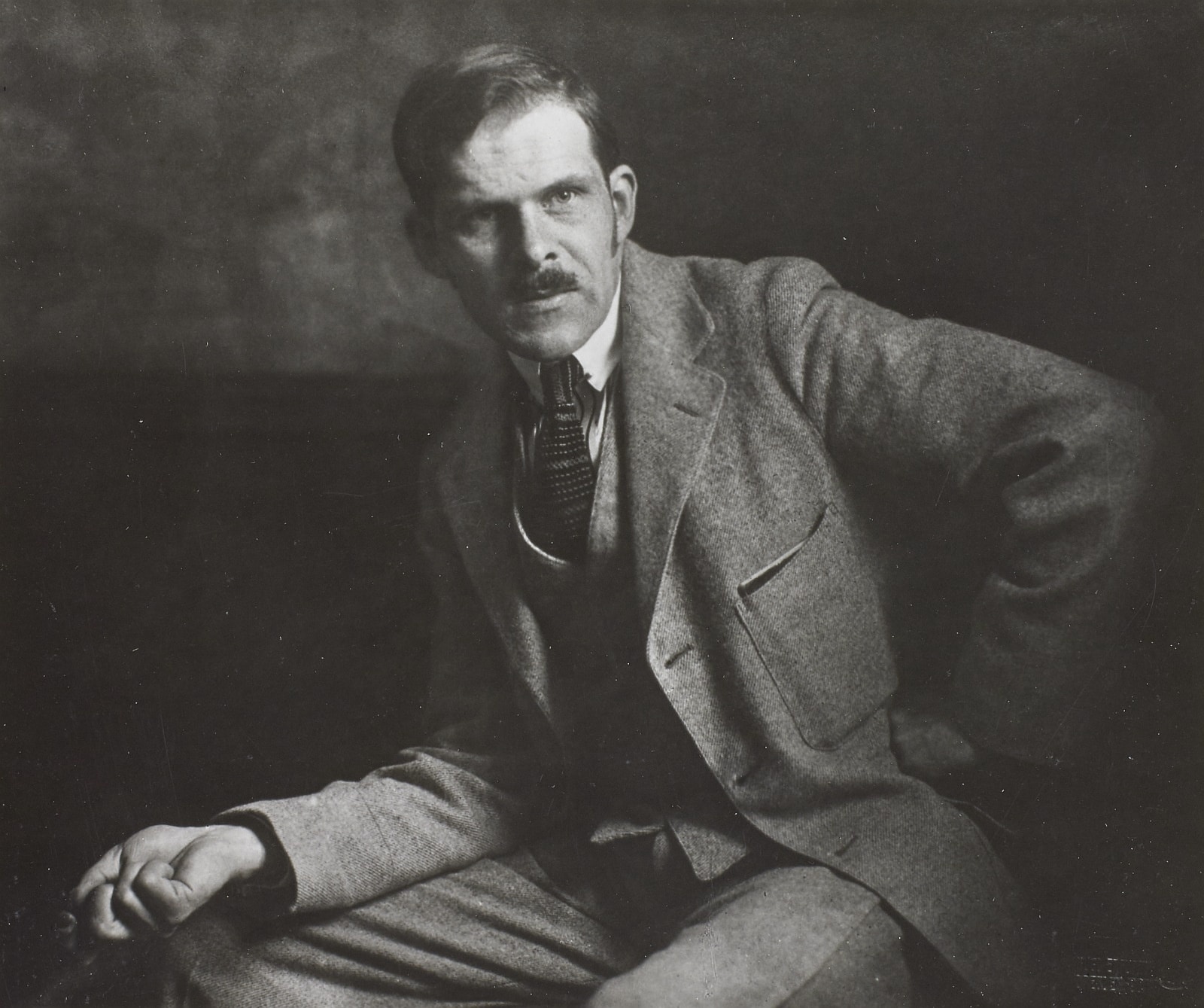
1887 - 1964
Alexander Archipenko

description
A world-famous Ukrainian artist and sculptor, an outstanding representative of Cubism and Abstractionism in sculpture and painting, who worked in France, Germany and the USA.
Works of A. Arkhipenko turned over the established understanding of sculpture, showed the possibility of composing a single of various nonequivalent forms, using glass and wood, metal, fabrics and paper in one composition. The expressive constructivity and at the same time lyricism, extraordinary plasticity in the transmission of movement are the main qualities of the works of the artist and sculptor.
The works of Arkhipenko, highly appreciated by his contemporaries Picasso and Duchamp, Leger and Rodchenko, Delaunay and Gris, enjoyed constant attention, caused positive feedback in the press and monographs. The innovative artist held over one and a half hundred solo exhibitions; he had and has many followers and researchers.
The artist generously shared his extraordinary vision of visual creativity – his private studios in Paris, Berlin, various cities of America, as well as lectures and masterclasses with which he traveled around the cities, were attended by thousands of beginners and venerable sculptors and painters.
He never lost touch with his compatriots – he was a member of the Ukrainian Student Club in Paris, a member of the Ukrainian Community in Berlin; in the USA, he joined the Association of Ukrainian Artists, the Ukrainian Academy of Arts and Sciences, worked at the Ukrainian Institute of the USA. He created four busts of Taras Shevchenko (one is installed in the Park of Nationalities in Cleveland), portraits of I. Franko, Ukrainian public figures. In Soviet Ukraine, the name of Arkhipenko was not mentioned until the thaw of the 1960s; five works from the Lviv Museum were destroyed in the 1950s, as were twenty-two works from German museums in the 1930s.
Key ideas:
– His works of the earliest Parisian period were so original that some students went to Arkhipenko, although he came to France in search of a teacher. Being the first to use cubist techniques in sculpture, he began not to squeeze or sculpt compositions, but to compose them from geometric shapes.
– Most often, images of the master are conventional and abstract. He emphasized, “Since there is a photograph, resemblance is not necessary. I believe that the task of the artist is not to take pictures, but to create”.
– The artist said, “It is the absence of something that is the reason, the impulse of the motive of creation.” From these words, the reformist idea of emptiness was born as an expressive means – the absence of a face in the figure (simulated emptiness) attracts attention to it. The space inside the sculpture was used as a graphic element, equal in strength to the material details – this technique was later developed by Lipschitz and Moore and used by Picasso.
– The name of A. Arkhipenko is associated with the use of counter-volume in sculpture. Instead of curved lines, the master made transitions of concave surfaces limited by a thin contour. This had a special effect since light could slide and flow over concave elements, creating a new harmony of volumes.
– The combination of metal and fabrics, wood and plastic, cement and terracotta, glass and pearls, as well as complete household items, is inherent in the Arkhipenko’s style in collage sculpture. Now, in designs and sculptures, this seems common; however, the Ukrainian innovator was among the first to propose such a synthesis.
– The sculptor invented moving billboards, now familiar to everyone, in 1912, and embodied a complex mechanism that creates picturesque compositions using narrow coloured stripes in the USA, patenting “moving painting”.
1887
1902
1906
1908
1910
1912
1920
1921
1923
1927
1933
1946
1952
1964
Alexander Archipenko was born into the family of an engineer-inventor
Entered the Kyiv Art College

He continue his education at the Moscow School of Painting, Sculpture and Architecture

Moved to Paris

Opened a workshop next to Picasso on Montparnasse

His first solo exhibition was held in Hagen

He brought 85 sculptures and drawings to the Venice Biennale

Married German woman A. Bruno-Schmitz

Emigrated to the United States

"Method for processing removable images"

The Chicago World Exhibition

Organized the Summer School of the Arts in Birsville

“Ma” was destroyed

The death of the artist

Alexander Archipenko
On Artist
flow
Constructivism
Abstraction
Futurism
Cubism
friends
Amedeo Modigliani
Pablo Picasso
artists
Auguste Rodin
Juan Gris
Fernand Leger
Umberto Boccioni
By Artist
flow
Cubism
friends
Alexander Bogomazov
artists
Vadim Meller
Vladimir Baranov-Rossine
Sonya Delaunay
Alberto Giacometti
Alexander Rodchenko
Pavel Maksimovich Kovzhun
Jacob Lipschitz
Henry Moore
